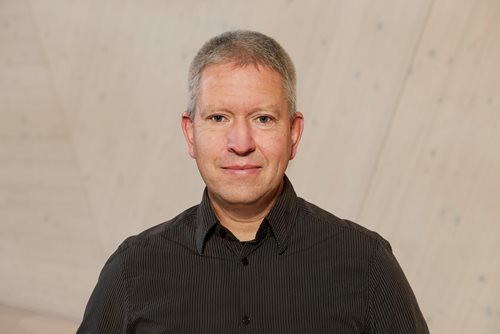The challenge is not finding the answers, but asking the right questions
Blog
Einstein is reputed to have said ‘It is not so important to solve problems, as to formulate them correctly’. What did he mean by that? And what does it have to do with the digitalisation of forestry?
A key task for researchers is choosing and formulating a research question, something that in practice is often influenced by what is perceived to be reasonably feasible. Of course, there are brave and talented researchers who both dare to ask seemingly impossible questions, and contribute to answering them. But most people feel constrained by the limits of what can reasonably be made available in terms of data and computing power, for example, or other important frameworks.
As a result, much of the research under way can be seen as incremental - moving the research frontier one small step forward, in a narrowly defined area. This is not necessarily a bad thing at all, as it means that the research community contributes to education and the development of knowledge on a broad front, in every conceivable field. One of the world's greatest thinkers of all time, Sir Isaac Newton, put it this way: ‘If I have seen further [than others], it is by standing on the shoulders of giants’.

At the same time, we know that revolutionary developments in knowledge sometimes do occur - often in connection with a clear technological shift, or when someone has dared to think well outside the box. One of these fundamental technological shifts is happening today – we call it digitalisation and AI, without giving much thought to what it might mean. I believe that it means, among other things, a real revolution in the data and computing power that can be made available, and that this will consequently push the boundaries of the research questions that can reasonably be answered very far forward indeed. Moreover, the development is exponential – if it is almost possible to do something today, it can be done with ease tomorrow.
Sensors are getting better, cheaper, faster and they require less energy. The same goes for data storage and processing. In the context of the 5G roll-out, the telecom company Ericsson launched the vision of a digital twin of the entire Earth with centimetre and second resolution. We're not there yet, but technological development is moving so fast, that it's not too many years away. We tend to overestimate the new possibilities of technology in the short term, but underestimate them in the long term.
We need to be able to think about the future before it arrives. The digitalisation of forestry is happening at a rapid pace, but it is essentially incremental. What revolutionary breakthroughs can be made in relation to the ecological, economic and social sustainability of Swedish forestry? Or for the green transition of the whole world? Which questions have not been addressed, since they were perceived as practically impossible to answer? Which questions have not been asked because they are so far ouside the box?
The pace of technological development is faster than we can imagine. At the same time, research will help us into the future. So, some researchers - at least - must have the courage and the ability to ask questions whose answers will require us to stretch all the preconditions we have. This is a formidable challenge, given the speed of digitalisation. It is also a great opportunity for a researcher with courage and creativity.
When data with unlimited resolution, and infinite computing power are both available for free, what questions would you ask yourself then? But the time to ask them is already here. With digitalisation and AI, the big challenge is not to find the answers, but to ask the right questions.
Per Edström
Associate Programme Director Mistra Digital Forest
